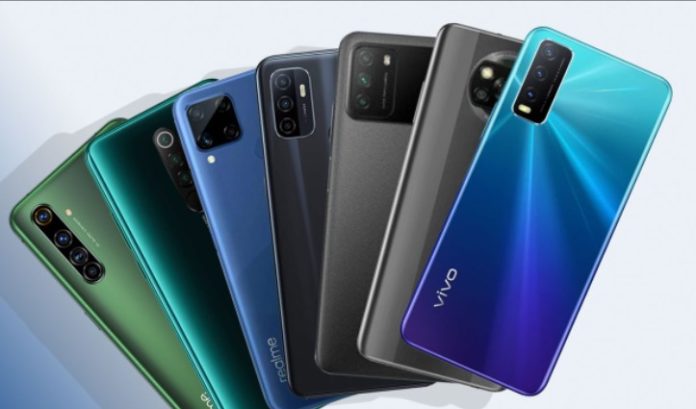
Smartphone shipment estimates by analysts for quarter one of 2022 showed the continued impact of component shortages and logistics problems, with falling demand contributing to a third consecutive quarter of annual declines.
Preliminary data from IDC showed an 8.9 per cent year-on-year drop to 314.1 million units, which it stated was about 3.5 per cent lower than it forecast in February.
Strategy Analytics reported an 11 per cent decline, also to 314 million units, which matches earlier estimates from Canalys.
Preliminary figures from Omdia indicated shipments fell 12.9 per cent to 308 million.
All cited supply problems as hampering shipments. However, Nabila Popal, research director at IDC, suggested “things seemed to have taken a turn for the worse” as concerns around inflation and economic instability adversely affected consumer spending.
Coupled with the rising costs of components and transportation, recent lockdowns in Shanghai and Russia’s invasion of Ukraine, “most OEMs are adopting a more conservative growth strategy for 2022”, Popal added.
Linda Sui, senior director at Strategy Analytics, also noted those factors “continued to weaken consumers’ demand on smartphones and other non-essential products”.
Omdia highlighted a sharp decline in shipments by Chinese manufacturers due to the slowdown in their domestic market.
The analyst companies all agreed Samsung remained the number one smartphone supplier, pegging the South Korean vendor’s market share at around 24 per cent.
Apple ranked in second place with around 18 per cent, followed by Xiaomi, Oppo and Vivo.
Woody Oh, director at Strategy Analytics, remarked this was Samsung’s “highest first-quarter performance by market share since 2017” owing to demand for the newly-launched flagship Galaxy S22 series.








